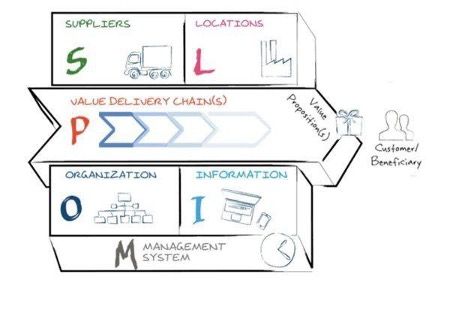
The number of organizations undertaking digital transformation initiatives continues to grow as businesses seek to increase profits using digitization and automation. The potential impact of digital transformation can be significant, so the stakes are high, as is the value of available data.
According to IDC, $1.8 trillion will be spent on digital transformation in 2022, an increase of nearly 18% over 2021. Nearly 70% of those transformation projects run out of time and budget, and 40% run over time or budget by more than 50%. If these digital transformation projects could be optimized to save just 10%, that would translate to $180 billion in value.
Of course, digital transformation isn’t limited to a single project but is ongoing. Organizations are continually seeking to increase customer value and claim a larger market share. The reason to disrupt existing business models is to improve efficiencies to cut expenses and increase profit. For business leaders to align long-term business strategies with immediate business goals requires a cohesive and coherent portfolio of transformation projects. For maximum efficiency, the entire organization must work toward common objectives, which requires breaking down operational silos and sharing a common strategy. To get there, you need to:
- Prioritize the business roadmap.
- Create a well-conceived future state and the strategy to get there.
- Quantify the value of business cases using real data.
Creating a shared vision and providing visibility into the strategy requires a combined business model and operating model canvas that clearly visualizes operational dependencies and the actions needed to deliver customer value. An enhanced business model canvas reveals the necessary trade-offs and applies data-driven decision-making to implement the strategy.
Starting with the Blank Canvas
An excellent place to start is with a business model canvas. Alexander Osterwalder created the business model canvas template to help business leaders describe, design, and analyze their company using nine building blocks: key partnerships, key activities, key resources, cost structures, value propositions, customer relationships, channels, revenue streams, and customer segments. These building blocks create a visualization of the company’s value proposition and potential trade-offs.

The operating model canvas reveals how to design operations to deliver the company’s value proposition to customers using the elements of “POLISM” or value systems for processes, organization, location, information, suppliers, and management. The operating model canvas reveals the work or processes needed or the value chain required to deliver customer value. For example, the canvas’s supplier box captures the steps in the value chain, the organization box shows the business structures and people, the information box lists software needed, and the management box is for planning and budgeting. The operating model canvas translates strategy into operational choices.

Taken together, these two model canvases create a holistic view of the organization. Before you can build out these models, you need to know the following:
- What is our product value?
- How do we deliver these to our customers?
- What are our cost and revenue streams?
Once you have the answers to these questions, you can fill in the business model canvas with costs and revenue centers, customer segments, how you plan to reach them, products, and value propositions. You also can fill out the operating model canvas with details about the business capabilities needed to execute the value stream.
The Enhanced Business Model Canvas
When you combine the business model and operating model canvases, you have an enhanced business model canvas that gives you a comprehensive overview. Whether you are a business manager or an enterprise architect, you have a visualization of the current state of the business that helps you make informed operational choices.
Once you have the enhanced business model canvas built, you can use it to track your trajectory to your desired goals. You can compare your current state against your desired future state using updated data to track your progress and even perform “what if” scenarios. If you can use real-time data, you can view your long-term goals as they relate to changing technology and delivering business value.
You can use the enhanced business model canvas to answer questions such as what new business capabilities are required to reach your goal? Do you need to build a new value stream? What projects are required to realize new capabilities?
You can also compare the benefits of optimizing your current capabilities versus creating new capabilities. Using the enhanced business model canvas, you can make decisions based on data rather than guesswork.
For example, you can assess the effectiveness of your current capabilities if they were optimized within the canvas. The enhanced business model canvas gives you a view of the processes, applications, data, and technology already in place. It also allows you to assess the maturity of operations by mapping current business capabilities and considering the potential for optimization, i.e., what would a capability look like if you eliminated risk, optimized processes, or reduced costs?
Once you understand the value of optimizing your existing capabilities, you can compare it to the costs of creating and optimizing new capabilities. This type of strategic modeling is a great way to break down your business capabilities, visualize your operations, give your architecture meaning, and define business value. Of course, applying this type of business model canvas is not an exact science. Still, it’s a great conversation starter, especially if you are struggling with where to start with your transformation strategy.
